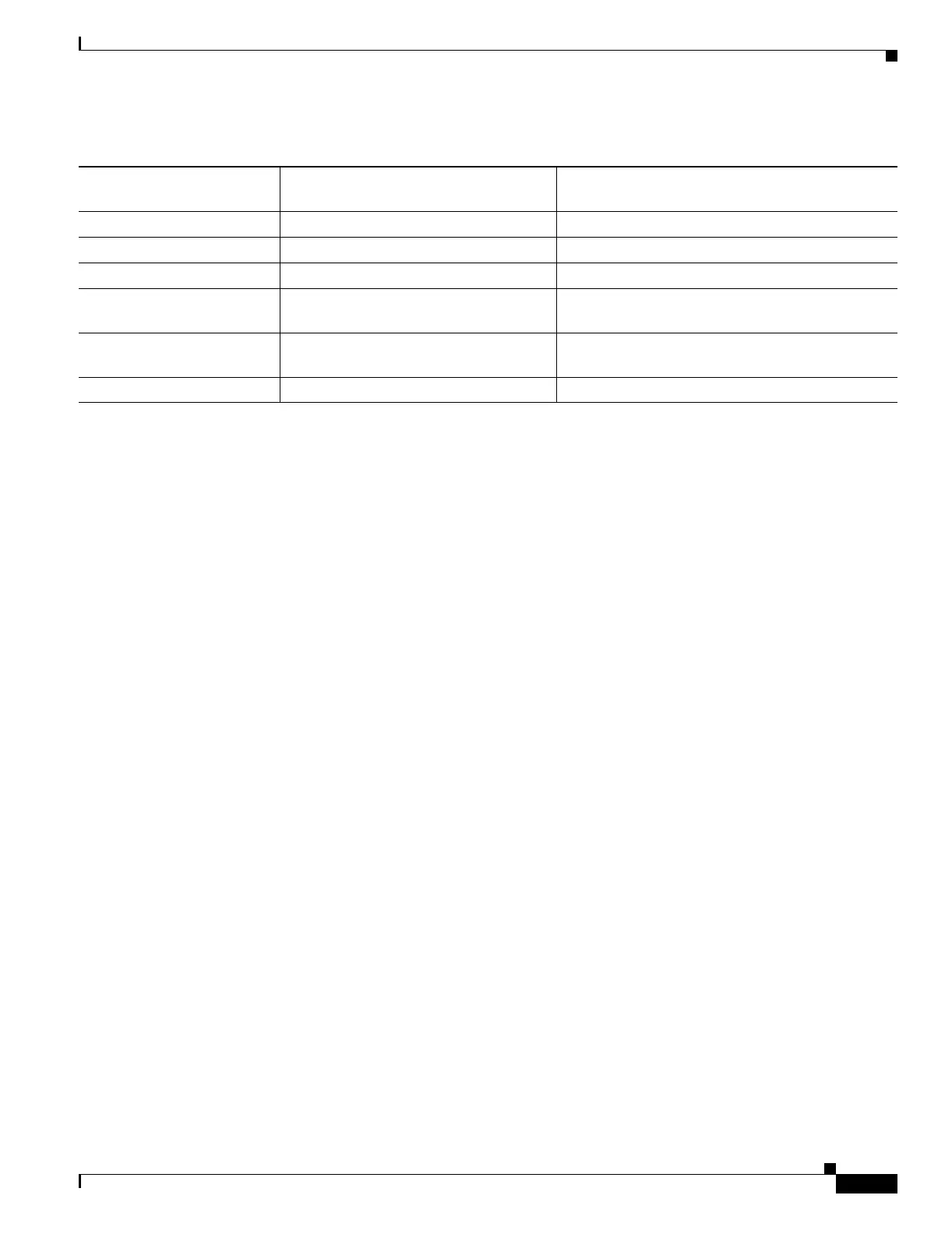37-43
Cisco Security Appliance Command Line Configuration Guide
OL-10088-01
Chapter 37 Configuring WebVPN
WebVPN End User Setup
Communicating Security Tips
Advise users always to log out from the WebVPN session. (To log out of WebVPN, click the logout icon
on the WebVPN toolbar or close the browser.)
Advise users that using WebVPN does not ensure that communication with every site is secure. WebVPN
ensures the security of data transmission between the remote PC or workstation and the security
appliance on the corporate network. If a user then accesses a non-HTTPS web resource (located on the
Internet or on the internal network), the communication from the corporate security appliance to the
destination web server is not secure.
Configuring Remote Systems to Use WebVPN Features
Table 37-6 includes the following information about setting up remote systems to use WebVPN:
• Starting WebVPN
• Using the WebVPN Floating Toolbar
• Web Browsing
• Network Browsing and File Management
• Using Applications (Port Forwarding)
• Using E-mail via Port Forwarding
• Using E-mail via Web Access
• Using E-mail via e-mail proxy
Table 37-6 also provides information about the following:
• WebVPN requirements, by feature
• WebVPN supported applications
• Client application installation and configuration requirements
• Information you might need to provide end users
• Tips and use suggestions for end users
Table 37-5 Usernames and Passwords to Give to WebVPN Users
Login Username/
Password Type Purpose Entered When
Computer Access the computer Starting the computer
Internet Service Provider Access the Internet Connecting to an Internet service provider
WebVPN Access remote network Starting WebVPN
File Server Access remote file server Using the WebVPN file browsing feature to access
a remote file server
Corporate Application Login Access firewall-protected internal server Using the WebVPN web browsing feature to access
an internal protected website
Mail Server Access remote mail server via WebVPN Sending or receiving e-mail messages

